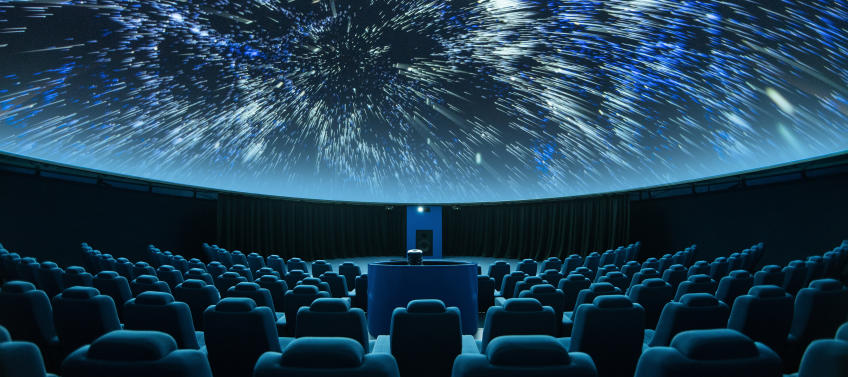What is Planetarium?
Planetarium is a scientific and educational institution that demonstrates the celestial sphere with stars, planets and satellites, comets and meteors; also solar and lunar eclipses, panoramas of the Moon, Mars, Venus and the climatic zones of the globe.

Demonstration in planetariums is carried out using a special device. Usually a demonstration is accompanied by lectures on astronomy, astronautics and earth sciences.
The founder of the German Museum in Munich, O. Miller, first proposed the creation of a planetarium in 1919. By 1923, the first projection apparatus was created at the Zeiss factory in Jena, in October it was shown at the annual meeting of the German Museum, and at the end of December it was installed for the public. In May 1925, a planetarium was opened in the same German Museum. A second apparatus was installed in Jena in the same year. The first projection devices were designed for a specific geographical latitude. The demonstration of the starry sky above a point with any latitude became possible after the creation of the large Zeiss apparatus, which gained world fame, in 1925 by W. Bauersfeld.
The first planetarium in the Western Hemisphere (Adler Planetarium and Astronomy Museum, Chicago, USA) appeared in 1930.
At the moment, there are several thousand planetariums in the world, almost half of them are synthesized systems consisting of an optical-mechanical instrument “planetarium” and a digital projection system.
An increasing number of planetariums are using digital technology to replace the system of interconnected projectors traditionally used with the celestial sphere to overcome some of their limitations. Manufacturers of digital projectors declare lower operating costs and increased reliability of such systems compared to the traditional celestial sphere on the grounds that they use fewer moving parts and, as a rule, do not require synchronization of movement of several separate systems across the sphere. Some planetariums use traditional optical-mechanical projectors in conjunction with digital on the same sphere.
Innovative engineering technologies improve digital planetariums. Now the image quality on the dome is in no way inferior to modern cinemas, so more and more often you can come across the concept of “full-dome cinema”. Thanks to revolutionary software, it became possible to use up to 64 projectors, controlling them from one server. The image is calibrated automatically, allowing you to use even household projectors, while obtaining the best picture quality.
